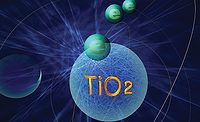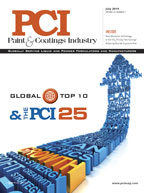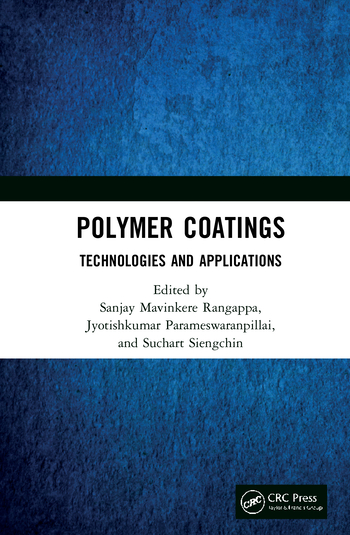Is TiO2 Segmentation Growing?

Is TiO2 a commodity? The answer is generally “no”, as multiple product grades serve the needs of a variety of consumers. Although certainly not a specialty, the product has been correctly described as a differentiated commodity. Is the differentiation growing?
TiPMC has recently studied this question. The differentiation among products is not only growing but impacting supply and demand. Customers and suppliers alike are recognizing inventories and pricing more as “sulfate vs. chloride”, which in reality deals more with the quality of products accepted within differential segments – and having their own supply/demand dynamics.
TiPMC sees the TiO2 market growing into segments with different producers and customers (Figure 1). Why is this occurring? TiPMC offers these thoughts:
- The increase of emerging markets with large volumes of consumers moving into the middle class, lower expectations from coatings and plastics products.
- Multi-national producers focusing on higher-value products vs. continual expansion. TiPMC estimates a net reduction of 210 ktpa outside China in the past decade.
- On the flipside, some transition may be occurring. Lower-quality products, once sought as an economic alternative, may be saturating developed markets. Also developing markets are maturing, as consumers are recognizing the cost of low quality.

Is there evidence? Although very much in an early stage, import export data supports the theory. Although still expanding, the rate of Chinese export growth is slowing in the last several years. Chinese operators are re-electing to manage inventory and slow operations. Although increased costs are minimizing the opportunity to reduce export pricing and create margin, TiPMC believes this may also be attributed to product acceptance outside China (Figure 2).

India serves as an interesting example. Over the past 10 years, India has shown the largest growth in TiO2 imports vs. anywhere else in the world. Yet, the Chinese share of imports peaked in 2015 (Figure 3).

Is there counter evidence? From July through October, Chinese exports have increased 17% vs. the same period in 2018. This aligns well with the end of the destocking period in 2Q2019. At first glance, this may appear to counter the theory of differential markets. However, considering the material in stock was likely a great deal of Chinese product, it may lend to the argument that the market is differentiating quality, as exports are only increasing as specific demand for Chinese product increases, not as replacement for higher quality MNP product.
As the TiO2 demand recovers from destocking and global economic influence, this theory of stratified demand will surely be tested. The recent commercial structures promoted by several large producers are to a large degree predicated on the market developing in this fashion. It makes for interesting pricing and supplier growth alternative for TiO2 in the coming years.
Looking for a reprint of this article?
From high-res PDFs to custom plaques, order your copy today!








